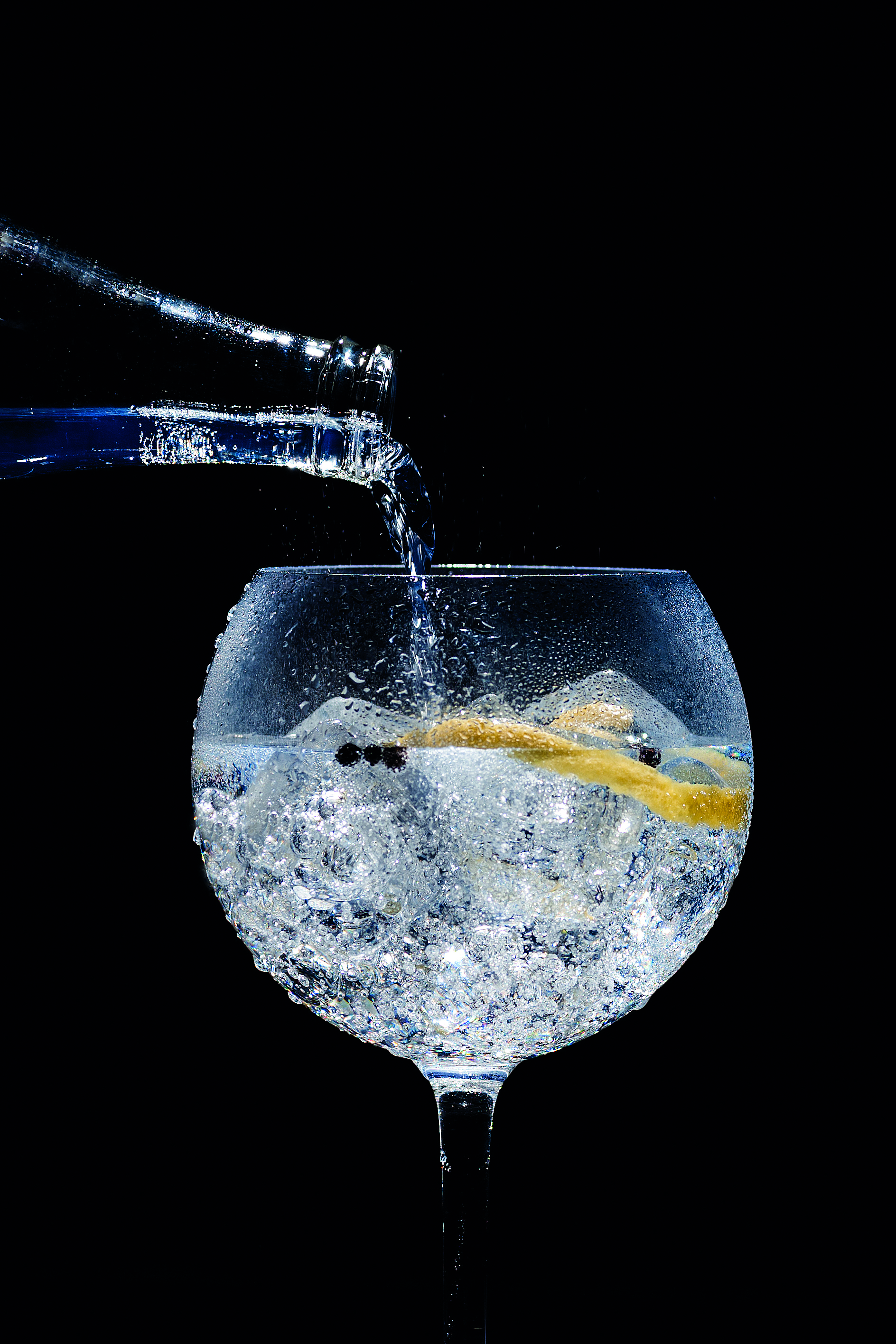___________________________________
FEVER-TREE IS CURRENTLY THE DARLING of the tonic world. Not only did it top our World’s 50 Best Bars Best Selling Brands table for tonics but it’s got the money men excited with its first full financial year’s 71% jump in revenues. Then there’s the small matter of deals to supply Marks & Spencer, BA and Easyjet.
The company’s international director, John Moreira, puts the brand’s success down to the fact that there is no compromise on taste.
“We go to the ends of the earth to source the finest natural ingredients to craft mixers that enhance the taste of spirits rather than mask them,” he says. “Simply put, a mixer should not overpower, but rather allow a spirit to shine through in a drink. Artificial flavours and sweeteners are overpowering and cloying and unfortunately present in lots of mixer options, but at Fever-Tree we only use all-natural ingredients.”
He adds that from the many consumer taste tests the company has run, it’s clear people can tell the difference. “It stands to reason that bartenders and consumers alike want the best mixer possible, as people are now more aware of the quality and provenance of what they are consuming.”
Fever-Tree may be flying but it has plenty of competition from other brands boasting about the quality of their ingredients. Take 1724, for example. Juan Carlos Maroto, marketing director at brand owner Vantguard, says you can really taste the difference between 1724 and other tonics because the quinine in it comes from Peru and is less bitter than quinine from India or Africa.
He describes the carbonation as “much more elegant” than others, saying it is as delicate and soft as a champagne. Then there are the citric essential oils, which are different too because 1724 uses mandarins to give the drink a “very different personality”.
Le Tribute tonic water, which launches this month in the UK, Belgium, Spain and Italy, gets its quinine from Loja in Ecuador.
Legend has it a countess there, way back in 1639, discovered the healing effects of quinine, made the remedy available to others and it went on to find favour with kings, thus the brand’s marketing line: ‘Le Tribute tonic water: the remedy for the people and the kings.’
Meanwhile, Q tonic is made with handpicked quinine from the Peruvian Andes, uses organic agave as the sweetener and contains 60% fewer calories than regular tonic water. The latter is important when you consider that some high-sugar tonics are likely to be included in the proposed UK sugar tax. Interestingly, the bottles of Q tonic are said to be “perfectly proportioned for one proper drink”.
A tonic that’s going down a storm stateside is Bradley’s Kina Tonic, which is made from whole spices, real citrus oil and exclusively imported Peruvian cinchona bark. This tonic really is ‘old school’ as it is packaged in a concentrated form just like in the old days. To use it to make a G&T, you have to blend it with seltzer or club soda to make a balanced tonic water.



